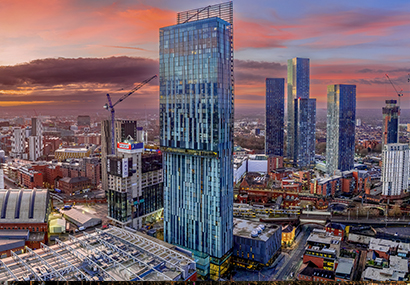EUROPE & AFRICA
- Home
- Europe Africa
EUROPE & AFRICA
We specialize in connecting top talent with leading companies in the energy sector, offering personalized services tailored to your needs.

Our team of experts is here to support you every step of the way, whether you're looking for skilled professionals or new career opportunities. We cover a wide range of industries within the energy sector, including oil and gas, renewables, and more.
With our extensive network and industry expertise, we are dedicated to delivering exceptional results for both clients and candidates. We understand the unique challenges and opportunities in the European and African energy markets, and we're here to help you navigate them successfully.
At Petroplan, we prioritize building strong relationships and providing excellent service. Whether you're a company seeking talent or an individual looking for your next opportunity, we're committed to helping you achieve your goals.
Get in touch with us today to find out how Petroplan can support your recruitment needs and drive success in the dynamic energy industries of Europe and Africa.
Jobs
Let's Talk
Whatever you need, we're here to help. Contact Petroplan today for information or support.
Add New Saved Search
Add Blog Alert
Sign in to your account
Reset Password
This website uses cookies to improve user experience. By using our website you consent to all
cookies in accordance with our Cookie Policy.
Decline all
You can also use your social account to sign in. First you need to:
To connect your social account you must Acknowledge the Terms & Conditions and Privacy Policy